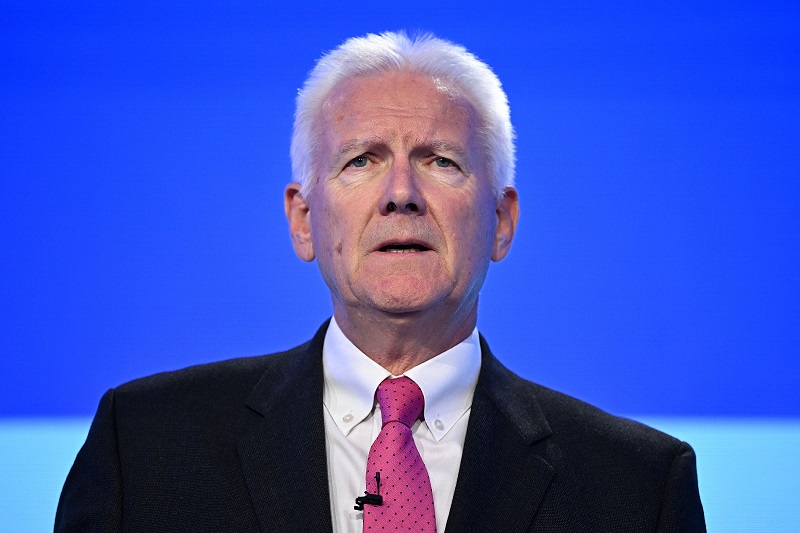Many consider microaggressions as occurrences that may seem micro or insignificant, but the real harm is their cumulative impact which can be enormous. Studies continue to show that microaggressions can lead to increased anxiety, depression, and PTSD symptoms.
Microaggressions can result in workplace trauma because their existence can create a hostile environment that impedes an individual’s ability to do their job and cancels a team’s ability to connect authentically. Microaggressions also undermine productivity and, ultimately, performance.
Although blatant bias is easy to spot, microaggressions may be more difficult to detect and correct…at first.
What are microaggressions?
Microaggressions are debasing, humiliating, and insulting words and actions aimed at a targeted group, such as people of colour, women, femmes, disabled people, religious minorities, lesbians, gays, bisexuals, transgender people, and others who are marginalised. In essence, anyone can experience microaggressions if they are in a marginalised group.
People who commit microaggressions may not realise their words and actions are damaging. Often, if the microaggression is called out, those inflicting the microaggression may go on the defensive, focusing more on the intent of their actions versus the impact of their behaviour on others. Yet, sometimes, microaggressions truly are unintentional and come from a place of one person seeking to connect with another, and sadly without an awareness that the approach being taken and the words used may be causing harm.
How can leaders better spot and address microaggressions in the workplace?
If you are a manager, how you behave and hold yourself and others accountable for living and applying the values of equity, equality, and fairness is critical to creating and sustaining the space for people to share their lived experiences and explore the impact that microaggressions have had on them.
You are uniquely positioned to lead by example and show that you will value people for who they are. You can also help provide a safe space where employees can bring as much or as little of themselves to work that they feel comfortable with, and they can speak up without fear of rejection or judgement because they are in an inclusive workplace that welcomes them and their authenticity.
- Continue to educate yourself on what microaggressions are and how they can impact people.
- Be aware of your biases and assumptions and how there will be times when you feel uncomfortable; just push on through.
- Make a commitment towards learning and practising inclusive behaviour and language.
- Encourage open, empathetic dialogue about microaggressions and their impact in the workplace.
- Speak up when you witness a microaggression, recognising it as a teachable moment.
- Hold others accountable for their behaviour (what they say and what they do) that constitutes a microaggression. For example, touching someone’s hair just to want to know what it feels like without getting their consent is a microaggression.
Since people work more directly with their managers, they may hold managers responsible for the lack of meaningful change related to the persistence, tolerance, and acceptance of microaggressions. Eventually, top talent will leave.
Lead by example
Leadership plays a key role in creating a culture where people understand how microaggressions arise and work together to minimise them altogether, if not eradicate them. The lack of engagement by senior leaders sends a message that diversity and inclusion are not a priority (tolerated versus celebrated; tick boxes versus action).
Senior leaders must clearly set out the organisation’s intention and support managers and others who lead by example. The result will be that people will feel safe voicing their concerns, and allies will more readily engage, knowing that the risk of retaliation for speaking out has been mitigated.
Managers must be mindful of the different aspects of building a culture of inclusion to ensure employees feel a sense of belonging – where everyone feels valued, respected, and welcomed.
There is no cookie-cutter approach that we can apply to addressing microaggressions. But when we spend time understanding ourselves and remain respectfully curious about each other, then we can find a way forward that maximises personal and organisational growth whilst minimising, to eradicate the toxicity that microaggressions can bring.
To find out more about microaggressions in the workplace, you can download The Inclusive Leader’s Guide to Addressing Microaggressions in the Workplace for free on the Talking Talent.
Donna Herdsman is the Managing Director and Head of Diversity, Equity and Inclusion (EMEA) at Talking Talent.









